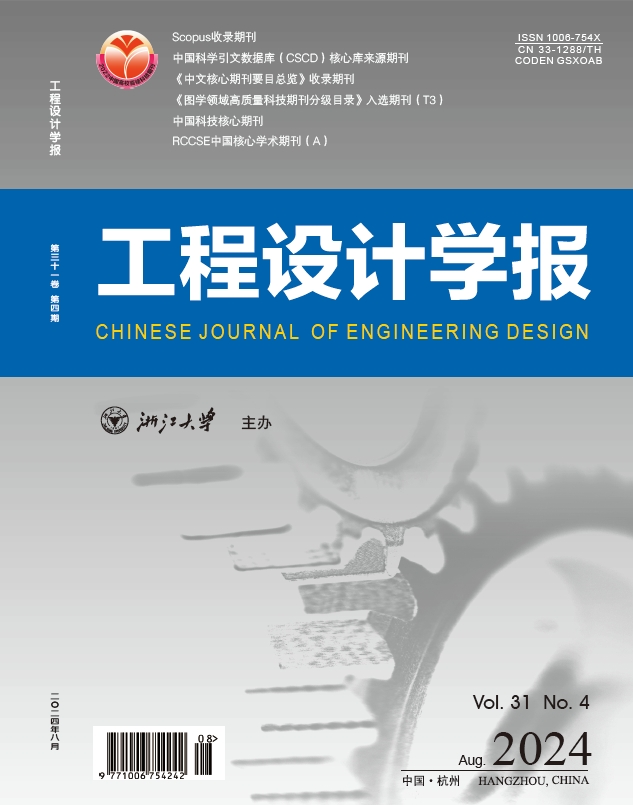An Experimental and Numerical Study on Embedded Rebar Diameter in Concrete Using Ground Penetrating Radar
Q4 Engineering
引用次数: 13
Abstract
High frequency ground penetrating radar (GPR) has been widely used to detect and locate rebars in concrete. In this paper, a method of estimating the diameter of steel rebars in concrete with GPR is investigated. The relationship between the maximum normalized positive GPR amplitude from embedded rebars and the rebar diameter was established. Concrete samples with rebars of different diameters were cast and the maximum normalized amplitudes were recorded using a 2.6 GHz GPR antenna. Numerical models using GPRMAX software were developed and verified with the experimental data. The numerical models were then used to investigate the effect of dielectric constant of concrete and concrete cover on the maximum normalized amplitude. The results showed that there is an approximate linear relationship between the rebar diameter and the maximum GPR normalized amplitude. The developed models can be conveniently used to estimate the embedded rebar diameters in existing concrete with GPR scanning; if the concrete is homogeneous, the cover depth is known and the concrete dielectric constant is also known. The models will be highly beneficial in forensic investigations of existing concrete structures with unknown rebar sizes and locations.探地雷达探测混凝土中预埋钢筋直径的试验与数值研究
高频探地雷达(GPR)已广泛应用于混凝土中钢筋的探测和定位。本文研究了一种利用探地雷达估计混凝土中钢筋直径的方法。建立了内嵌钢筋最大归一化正探地雷达振幅与钢筋直径的关系。浇铸不同直径钢筋的混凝土试样,用2.6 GHz探地雷达天线记录最大归一化振幅。利用GPRMAX软件建立了数值模型,并用实验数据进行了验证。然后利用数值模型研究了混凝土介电常数和混凝土覆盖层对最大归一化振幅的影响。结果表明,钢筋直径与最大探地雷达归一化振幅之间存在近似的线性关系。所建立的模型可以方便地利用探地雷达扫描估算既有混凝土中预埋钢筋的直径;如果混凝土是均匀的,则覆盖深度已知,混凝土介电常数也已知。这些模型将对现有钢筋尺寸和位置未知的混凝土结构的法医调查非常有益。
本文章由计算机程序翻译,如有差异,请以英文原文为准。
求助全文
约1分钟内获得全文
求助全文
来源期刊

工程设计学报
Engineering-Engineering (miscellaneous)
CiteScore
0.60
自引率
0.00%
发文量
2447
审稿时长
14 weeks
期刊介绍:
Chinese Journal of Engineering Design is a reputable journal published by Zhejiang University Press Co., Ltd. It was founded in December, 1994 as the first internationally cooperative journal in the area of engineering design research. Administrated by the Ministry of Education of China, it is sponsored by both Zhejiang University and Chinese Society of Mechanical Engineering. Zhejiang University Press Co., Ltd. is fully responsible for its bimonthly domestic and oversea publication. Its page is in A4 size. This journal is devoted to reporting most up-to-date achievements of engineering design researches and therefore, to promote the communications of academic researches and their applications to industry. Achievments of great creativity and practicablity are extraordinarily desirable. Aiming at supplying designers, developers and researchers of diversified technical artifacts with valuable references, its content covers all aspects of design theory and methodology, as well as its enabling environment, for instance, creative design, concurrent design, conceptual design, intelligent design, web-based design, reverse engineering design, industrial design, design optimization, tribology, design by biological analogy, virtual reality in design, structural analysis and design, design knowledge representation, design knowledge management, design decision-making systems, etc.
 求助内容:
求助内容: 应助结果提醒方式:
应助结果提醒方式:


